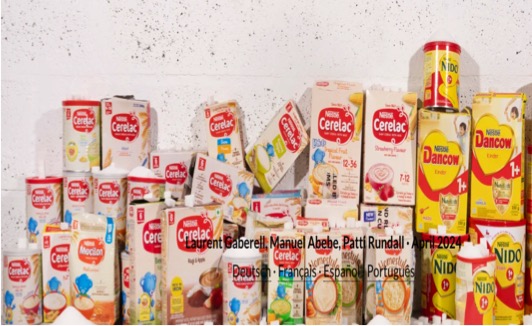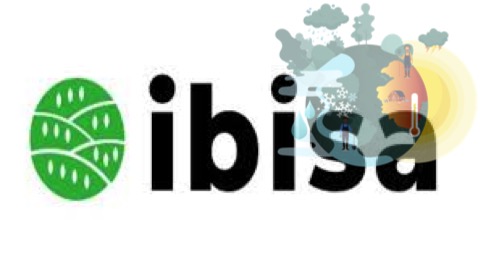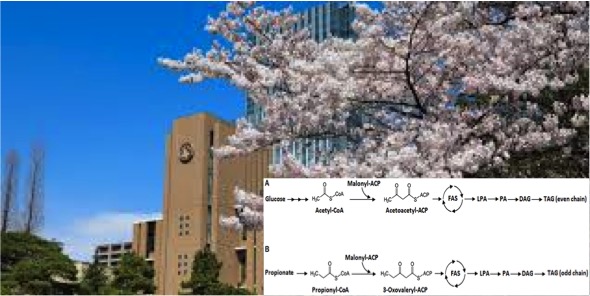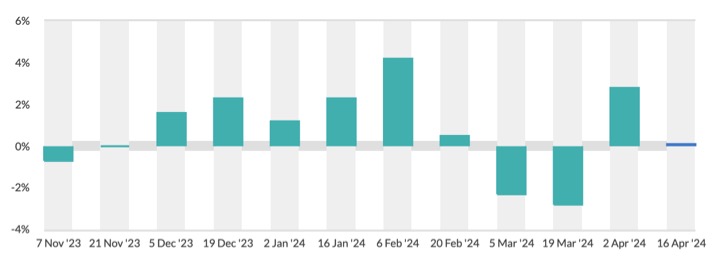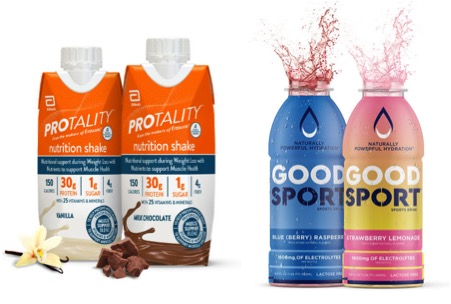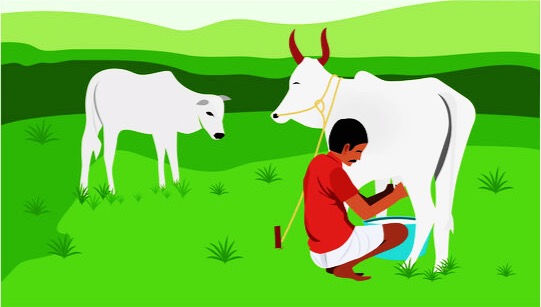Cows can pass on the hypoglycin A toxin through their milk. As per a study by the Martin-Luther-University-Halle-Wittenberg (MLU) and the Leibniz Institute of Plant Biochemistry (IPB) in Toxins shows this. The substance can cause severe symptoms in humans and animals. Small amounts of the toxin were detected in the rawmilk of cows that grazed in a pasture exposed to sycamore-maple. The team calls for further investigations to realistically assess the potential dangers.
High concentrations of hypoglycin-A can be found in unripe-akee and lychee-fruit and in the seeds and seedlings of various maple-trees. These include, for example, the sycamore maple, which is common throughout Europe. The toxin can cause severe illness in humans. In 2017, Indian-researchers were able to prove that the toxin was responsible for the sudden-death of several-hundred-children in the country. These children had previously eaten large quantities of lychee. “The substance interferes with the body’s energy metabolism. One typical symptom in humans is very low blood sugar levels,” says Professor Annette Zeyner from the Institute of Agricultural and Nutritional Sciences at MLU. In 2013, hypoglycin A from maple trees was also found to cause atypical myopathy in horses . Which is a puzzling disease that is often fatal for animals kept on a pasture.
Grazing of cows around maple trees
Zeyner and her team joined forces with Dr Jörg Ziegler from IPB to discover whether hypoglycin A could also be detected in the raw milk of cows. “Maple trees are widespread and grazing cows is a common practice. Thus, it seemed logical that cows — like horses — would eat the seeds or seedlings of maple trees, thereby ingesting the toxins,” explains Zeyner. For the new study, the team examined samples from dairy farmers in northern Germany. Only milk provided directly from the farms was analysed. “We did not analyse samples from individual cows; instead, we sampled the milk from several cows which was stored in collection tanks,” says Zeyner.
The samples were analysed using a special form of mass spectrometry which can detect even tiny amounts of a substance. The result: “We detected hypoglycin A only in two samples of raw milk from the one of the farms whose pasture contained a single maple tree,” says Zeyner. The concentration of the substance was 17 and 69 micrograms per litre of milk. “These are low and widely varying concentrations. But considering that there was only one tree in the pasture and the sample came from a collection tank, it was surprising that we were able to detect anything at all,” explains Zeyner. The toxin could not be detected in any of the other samples.
Quantification of toxin to passed on is still under research
“Our study is the first to show that cows appear to ingest parts of the sycamore maple containing the toxin, which is then transferred to their milk. Many other questions arise from this finding,” says the researcher in summary. It is still unclear, for example, how much toxin the cows have to ingest for there to be detectable traces in their milk. Follow-up studies will be needed to determine whether the substance is destroyed when the milk is processed or even whether this low concentration is a cause for concern, and how it can be prevented.












